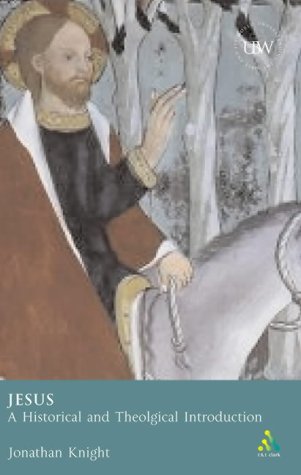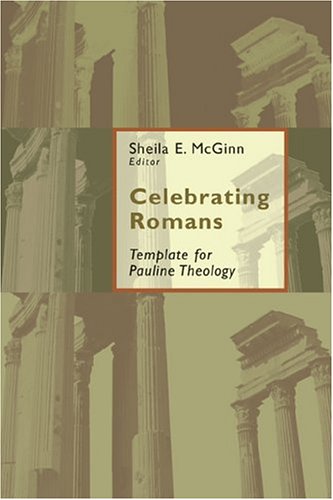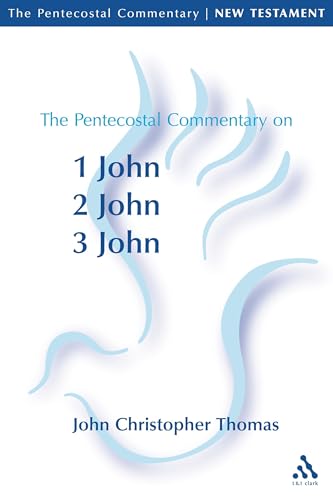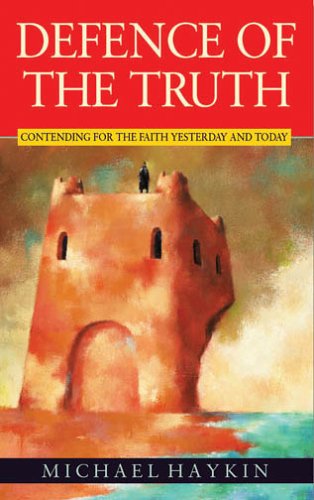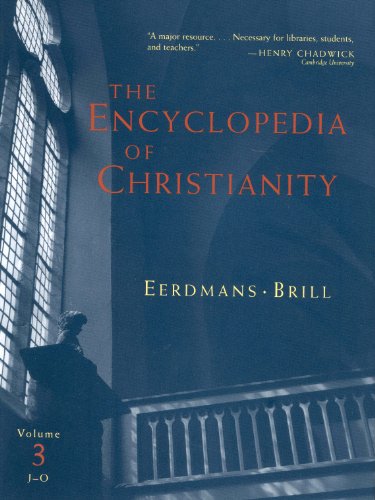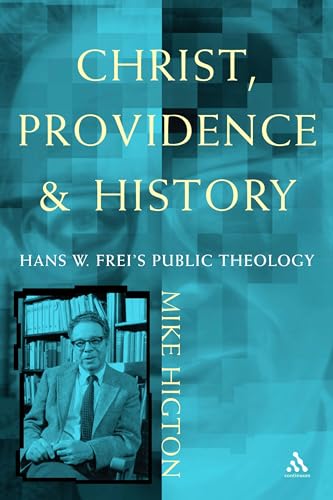JESUS, AN HISTORICAL AND THEOLOGICAL INVESTIGATION
Written by Jonathan Knight Reviewed By Francois P. ViljoenIn this publication, Dr Jonathan Knight reviews the current state of historical Jesus scholarship. It fits into the series ‘Understanding the Bible and its World’ which is designed with the special needs of introductory level students and general readers in mind. Knight offers an introduction to this field in an excellently researched publication. His research is fully documented making it a useful tool and impetus for further reading in this field.
In the first chapter, ‘The story behind the story’, the author briefly examines the setting of the story of Jesus by introducing some relevant Jewish history and ideas which set the context for the historical Jesus. This discussion necessarily is brief. It is not always clear, however, why he specifically chose the issues presented and how all of them relate to the material in following chapters.
In chapter 2, ‘What are they saying about Jesus?’, Knight examines the work of prominent scholars in historical Jesus research. He summarizes what these scholars say about Jesus in a thematic approach. He divides the research into different phases, each illustrated with references to important commentators from each phase. Obviously it is not possible to present an exhaustive introduction to scholarship on the ‘life of Jesus’ in one chapter, but Knight succeeds in demonstrating the most influential ways in which has been seen over the past hundred years. He returns to pertinent work of specific scholars in the following chapters while discussing different issues.
Knight continues in chapters 3–10 by discussing the following phases and concepts with regard to the life of Jesus: ‘The birth of Jesus Christ was on this wise’ (ch. 3); ‘The beginning of the good news about Jesus Christ’ (ch. 4); ‘The kingdom of God has come near’ (ch. 5); ‘Thy kingdom come!’ (ch. 6); ‘And He cured many who were sick’ (ch. 7); ‘Hosanna to the Son of David!’ (ch. 8); ‘Crucified under Pontius Pilate’ (ch. 9); ‘He has been raised; He is not here’ (ch. 10). He examines biblical and extra-biblical reports to discover what they reveal about Jesus. From these materials he tries to piece together an understanding of the life of Jesus. He discusses the wide variety of opinion amongst scholars on concepts such as the ‘kingdom of God’, ‘the Son of Man’, etc. In an attempt to find more clarity to these concepts he examines primary sources against their historical and cultural background. He considers difficult questions such as ‘Did Jesus think he was the Messiah?’, ‘Do miracles happen?’, ‘Why did Jesus journey to Jerusalem?’ and ‘What is the evidence for the resurrection of Jesus?’ without hesitance, yet recognizing the difficulty in resolving them. In his evaluation of scholarly opinions and evidence. Knight is modest while apprehending the difficulty to reach assured conclusions. This approach of his makes his judgements even more persuasive.
Finally he discusses ‘the significance of Jesus’ (ch. 11). He considers how Jesus is evaluated in different faith traditions by asking how Jesus is understood in contemporary Islam and Judaism and moves from there to Christian circles. He continues to ask how Jesus is portrayed in the NT, particularly by Mark as first Gospel. Finally he examines the portrait of Jesus in classical Christianity. Though this chapter obviously cannot give a complete synthesis of contemporary portraits of Jesus, it provides useful signposts in this area.
This book provides a valuable resource on studies in the life of Jesus. The book contains a helpful index of references from the Bible, other ancient writings, early Christian literature, Classical literature and Islamic writings and an index of authors referred to.
Francois P. Viljoen
North-west University, South Africa


